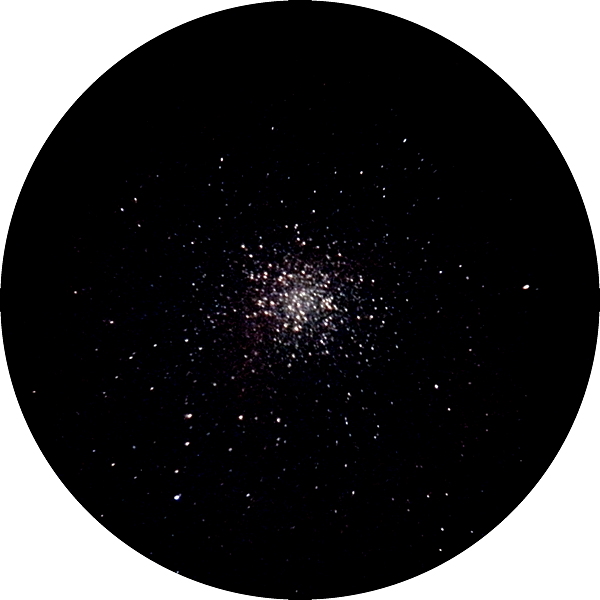Owl;
iPhone M11, M22, and M31 Astrophotography
Posted: 27 September 2018
Cloudy skies returned about sunset on Sunday, 23 September 2018, and continued until Wednesday, 26 September.
|
Open: Wednesday, 26 September 2018, 1807 MST Temperature: 81°F |
Session: 1282 Conditions: Clear |
Equipment Used:
12" f/8 LX600 w/StarLock
2" 24mm UWA eyepiece
2" 4X Powermate
1.25" 26mm eyepiece
Camera:
D850 DSLR
iPhone 8 Plus
1813 MST: LX600 ON, StarLock OFF, High Precision OFF.
Viewed Venus, 102X, very low in the sky. Nice crescent.
1817 MST: sunset.
1820 MST: viewed Jupiter, 102X. Only one moon was visible against the still bright twilight sky.
Viewed Saturn, 102X. Nice view of the planet and Ring system.
Viewed Mars, 102X. Seeing was not very good but the South Polar Cap and Syrtis Major were visible.
I then tested the new Walkie-Talkie feature of WatchOS 5 using the LTE cell connection from the observatory. Using our Apple Watches I talked with the wife who was still in the house. Very cool feature that will be useful when I'm in the observatory and we need to communicate.
1830 MST: Saturn was just becoming visible to the naked eye in the bright twilight sky. The planets Mars, Jupiter, and Venus were all easily seen at this time.
1835 MST: heard an owl nearby. I looked around and saw the owl on the roof of the house. I left the observatory and walked back up the pathway towards the house. Using the D850 DSLR and 70mm lens I took these (cropped) photos:


1944 MST: returned to the observatory and viewed Saturn, 102X. Two moons were visible. Added the 4X Powermate and viewed Saturn at 406X. The view was surprisingly good given the seeing conditions. Three moons were visible.
Then viewed Mars, 406X. Not a great view due to the lousy seeing, but the South Polar Cap and Syrtis Major were visible.
1904 MST: viewed M11 (Wild Duck Cluster, open star cluster), 102X. Always a pretty sight.
Began preparing to do some iPhone deep sky object astrophotography. Took the following afocal 94X images:
M11 (Wild Duck Cluster), NightCap Camera (Long Exposure, Light Boost, ISO 8448, 1/3sec, 10 seconds)

M22 (globular cluster), NightCap Camera (Long Exposure, Light Boost, ISO 8448, 1/3sec, 10 seconds)

M31 (Andromeda Galaxy), StarLock autoguided, NightCap Camera (Long Exposure, Light Boost, ISO 8448, 1/3sec, 5 minutes)

1928 MST: eastern sky brightening from rising waning gibbous Moon.
1933 MST: ended iPhone astrophotography.
Began doing some more test of the Stella Wi-Fi Adapter for my upcoming review.
1956 MST: Wi-Fi OFF.
2000 MST: took a quick look at Mars, 102X.
2001 MST: LX600 OFF.
|
Close: Wednesday, 26 September 2018, 2012 MST Temperature: 75°F |
Session Length: 2h 05m Conditions: Clear |
For those of you wondering if my Emmy Nominated 2017 interview by Arizona Illustrated on Arizona Public Media won, it didn't win an Emmy. But it is honor to have been part of an Emmy Nominated show! Thanks again to Tony Paniagua and Sandra Westdahl for doing a great show.
Comments are welcome using Email. Twitter users can use the button below to tweet this report to their followers. Thanks.
Cassiopeia Observatory Home Page
Copyright ©2018 Michael L. Weasner / mweasner@me.com
URL = http://www.weasner.com/co/Reports/2018/09/27/index.html
